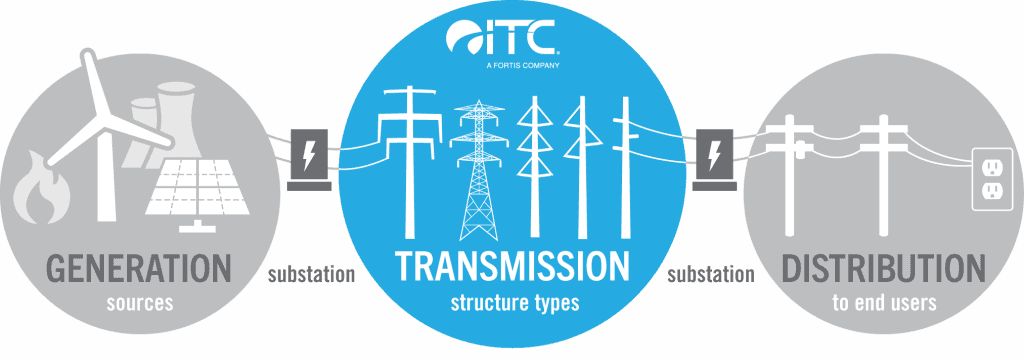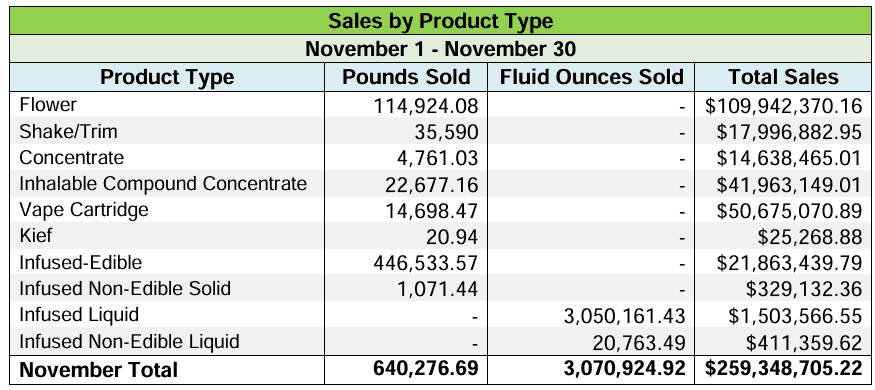NEW YORK – Charlies Schwab expects a turning point in 2024, but investors may have to widen the lens to see the bigger picture and look beyond the noise and volatility.

Although we’re accustomed to defining investment environments in calendar years, 2024 may not fit that approach very well. We expect that there may be a turning point in central bank policy rates and earnings growth, but they may not be easy to identify in real time. Investors may have to widen the lens to see the bigger picture and look beyond the noise and volatility. Here are some of the themes we expect to see in the coming year.

U.S. stocks and economy: One thing leads to another
Economic pain is likely in 2024, but that doesn’t mean stocks will struggle all year, especially if there is a continuation of the “rolling recessions” that have been characteristic of the recent economy. In essence, several key segments of the economy—including housing, manufacturing, and many consumer-oriented areas—have experienced recession-level weakness, while other segments, such as services, have not been hit to the same degree.
Looking ahead to 2024, the best-case scenario for the economy is for those rolling recessions to morph into more durable rolling recoveries. It’s possible that recent cracks in formerly stable segments will lead to recession-level weaknesses, hopefully offset by potential stability and/or recovery in segments that already have taken their hits. However, we think recession risk in a traditional sense, via a formal declaration by the National Bureau of Economic Research—the official U.S. recession arbiter since the late 1970s—is still a distinct possibility.
Federal Reserve monetary policy remains a wild card for 2024, as it was in 2023, although Fed Chair Jerome Powell’s comments after the December policy meeting suggested the rate-hiking cycle is over and that up to 75 basis points—or three quarters of a percentage point—in policy rate cuts are possible in 2024. The Fed’s decision to hike the federal funds rate target (which guides what banks charge each other for overnight loans) to a range of 5.25% to 5.5% in July 2023 apparently was the final hike in this tightening cycle. Now investors are looking toward when the Fed will begin to cut the federal funds rate.
Along the lines of the admonition “be careful what you wish for,” it may be that if the Fed is cutting rates by mid-2024, it’s because of further deterioration in the economy—specifically the labor market. The Fed operates under a dual mandate to promote both stable prices and maximum sustainable employment. One of our key expectations for 2024 is that the Fed will begin to shift its focus from the inflation side to the employment side of that dual mandate.
The unemployment rate has started to move higher, now approaching 4%, having troughed at 3.4% in early 2023. However, as we regularly remind investors, a high unemployment rate doesn’t bring on a recession; it’s recession that ultimately causes the unemployment rate to jump.
The dominant market theme in 2023—and likely heading into 2024—has been the supremacy of the “Magnificent 7” group of mega-cap stocks: Alphabet, Amazon, Apple, Meta, Microsoft, NVIDIA, and Tesla. These giants pushed market-cap-weighted indexes like the S&P 500® higher during 2023—but let’s not forget that they also contributed to the bear market plunge in 2022. This underscores an important aspect of the mega-cap highfliers worth noting for the future: They are not immune to the business cycle and can also be a drag on cap-weighted indexes. That in turn underscores our emphasis on diversification when it comes to the mega caps and the rest of the market. It might sound odd when they’re leading the charge, but it comes in handy when they’re falling behind.
One theme we believe will shift from 2023 to 2024 is around artificial intelligence (AI). AI has both captured investors’ hearts and minds, and contributed to the outperformance of both the Magnificent 7 and technology stocks more broadly—but in conjunction with narrow market performance. We believe a theme in 2024 will be less about AI’s “creators” and more about AI’s “adopters”—across the spectrum of industries and sectors—as companies increasingly focus their capital spending on productivity-enhancing investments.
Key to the shape of the market landscape in 2024 is how the economy reacts to the lagged effects of tighter monetary policy and what we believe is a long-term shift away from low interest rates. Our focus heading into 2024 remains on “quality” factors—like companies with strong free cash flow, lots of cash on the balance sheet, high interest coverage, and healthy real revenue growth—as debt servicing costs will likely grow in importance.
Fixed income: The rocky-road bond market
The case for lower interest rates in 2024 is straightforward, but the path is likely to be rocky. We expect bond yields to decline in line with falling inflation and slower economic growth, but uncertainty about the Fed’s policy moves will likely be a source of volatility.
So far in 2023, 10-year Treasury yields have spanned a huge range—from as low as 3.25% in April in the wake of the banking crisis to as high as 5.02% in October on surprisingly strong third-quarter economic growth. In simple terms, Treasury yields—which move inversely to prices—tend to rise when the economy appears to be strengthening and tend to fall when economic growth appears to be slowing.
We believe that both short- and long-term yields likely have peaked for the cycle and will continue to fall assuming inflation abates in 2024. In our view, much of the inflation driven by supply shortages early in this cycle has been corrected, but the full impact of the tightening in monetary policy by major central banks is still working its way through the global economy. Slower growth and less inflation pressure should be the result.
In 2024, we look for lower yields but expect bouts of volatility along the way, as markets continue to try to anticipate shifts in Fed policy. Assuming the Fed continues to lag market expectations for rate cuts, the market will be very attuned to every data point, likely causing yields to trade in wide ranges.
Global stocks and economy: The big picture
The big picture we see for 2024 is of a shallow U-shaped recovery in global economic and earnings growth, rather than the V-shape seen in the last two global recessions of 2008-09 and 2020.
Global economic and earnings growth ultimately may be sluggish for much of next year. That could mean stock prices are more determined by valuations than earnings. International stock valuations are already braced for a challenging 2024, with investor sentiment surveys in Europe not far from decade lows and the price-to-earnings ratio for the MSCI EAFE Index 15% below its 10-year average. Valuations could lift on clarity around rate cuts and if the economy firms later in the year.
As with the economic picture, looking too closely at the performance of just a few U.S. stocks can keep investors from seeing the bigger picture of international outperformance. As the global economy transitions to a new cycle, markets are experiencing new leadership. In 2023, the average international stock outpaced the average U.S. stock through late November. The MSCI EAFE Equal Weight Index (where each stock in the index gets an equal weighting, as opposed to a market-capitalization-weight index) has outperformed the S&P 500 Equal Weight Index by nearly 5% in 2023, adding to the 15 percentage points of outperformance since the bear market ended in October 2022.
The reason many investors haven’t noticed the outperformance of international stocks is that the seven mega-cap stocks (the Magnificent 7 mentioned above), which make up about 30% of the cap-weighted S&P 500, have prevented the S&P 500 index from underperformance in 2023. In general, the greater the number of stocks that are helping push the overall market higher, referred to as market breadth, the more support the market has. The average international stock continues to outpace the average U.S. stock, offering a broader base of support for developed international stocks. Should the U.S.’s mega-cap stocks lag—a possibility without aggressive Fed rates cuts in 2024 to sustain their momentum—the outperformance by the average international stock may become more obvious.
We do not expect a V-shaped economic recovery, nor do we expect an inverted V-shape due to the path for interest rates, so we continue to favor “quality” companies with strong cash flow. Stocks with low price-to-cash flow ratios—more heavily represented in the MSCI EAFE Index—may continue to outperform in 2024.







